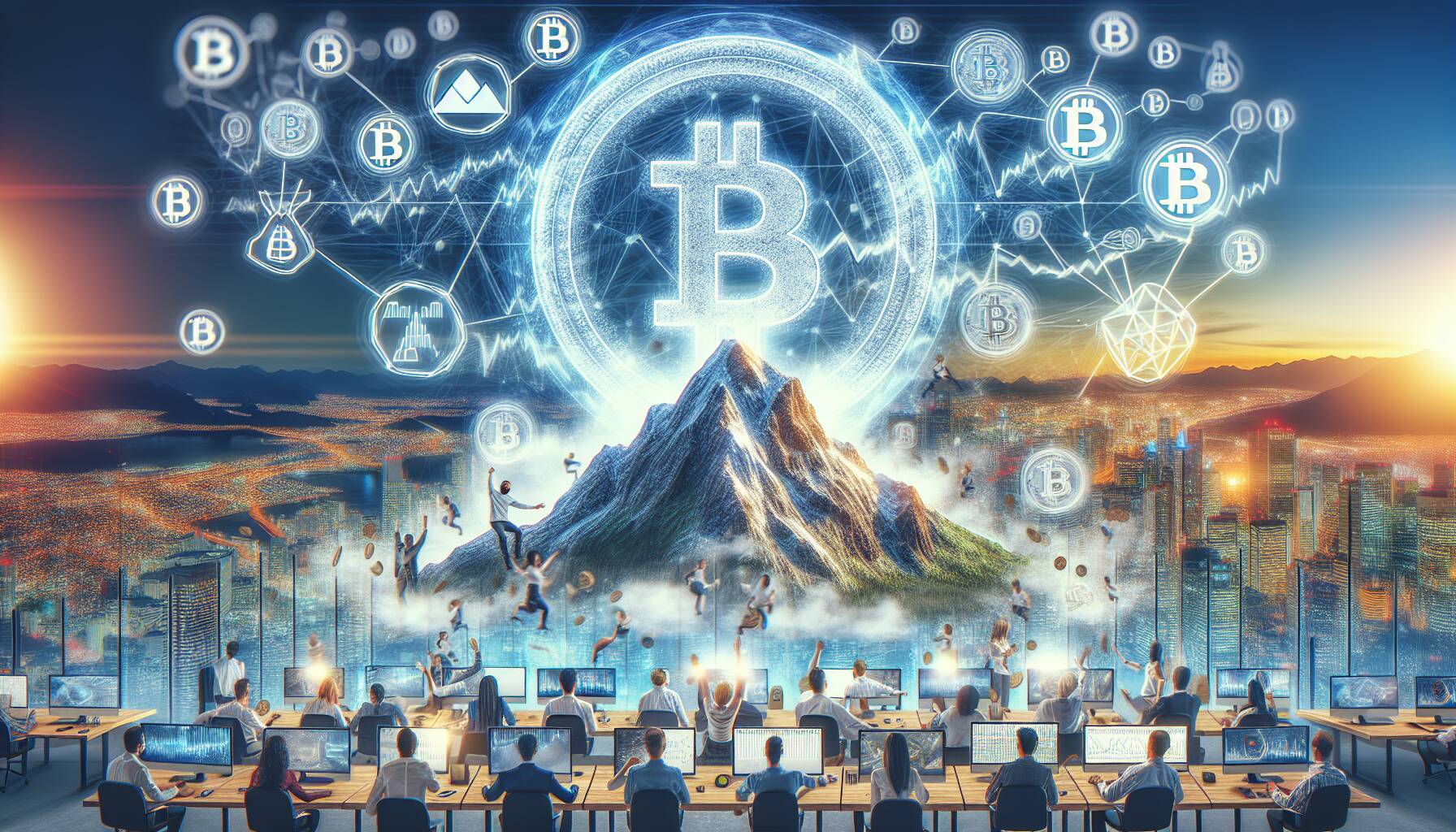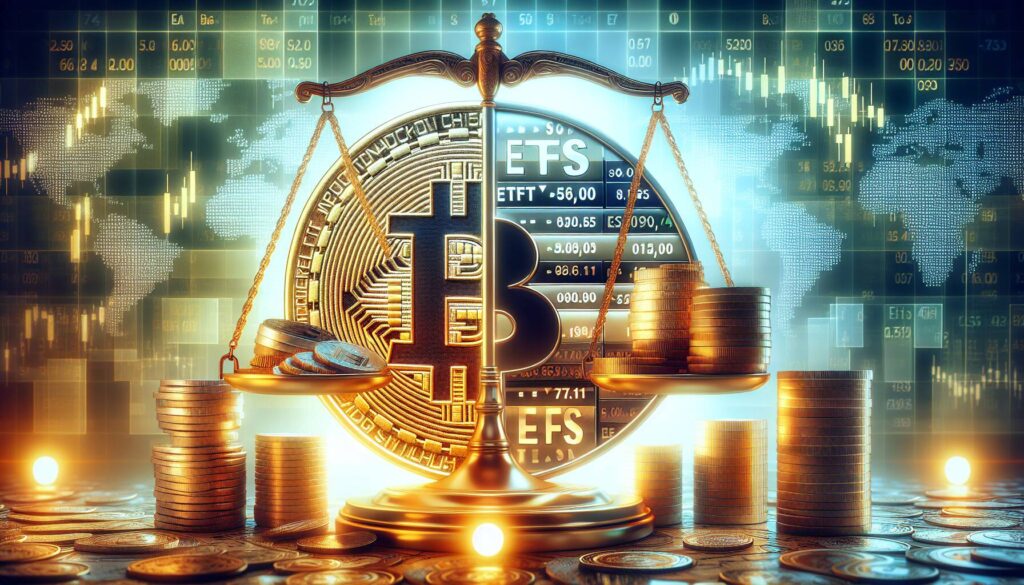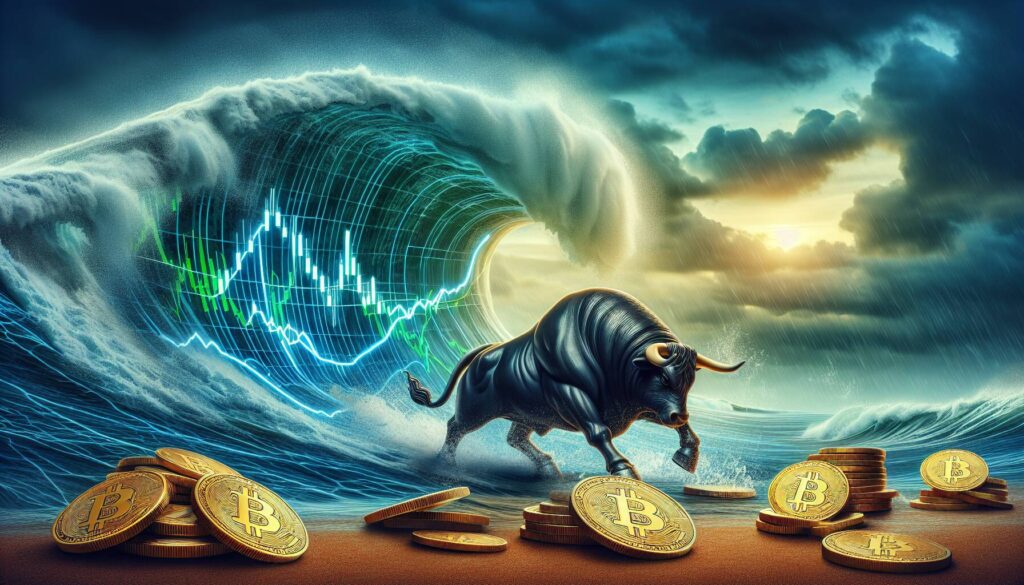In a striking resurgence of interest, the defunct Japanese cryptocurrency exchange Mt. Gox has made headlines once again. Early Tuesday, on-chain data tracked by Arkham Intelligence revealed that Mt. Gox transferred significant amounts of bitcoin (BTC) to various wallets, stirring conversations within the crypto community. Specifically, the exchange moved an impressive 893 BTC, valued at around .11 million, to a hot wallet identified as 1Jbez and a staggering 10,608 BTC, worth approximately 7.48 million, to another wallet labeled 1DcoA.
This recent transaction marks the third major transfer from Mt. Gox within a mere four weeks, following earlier moves that saw over 0 million in BTC transferred on March 11 and more than billion the week prior. Notably, the timing of these movements coincided with bitcoin trading above ,000 in the spot market during early Asian hours. Yet, this latest shuffle seems to have left the spot price of bitcoin unperturbed, in contrast to the volatile reactions seen mid-last year when similar transactions raised concerns about potential creditor liquidations.
“The significant on-chain movements are particularly interesting, especially given the context of Mt. Gox’s previous history and the extended payout deadlines for creditors,” one analyst remarked.
After extending its payout deadline to October 31, 2025, last October, Mt. Gox continues to navigate the complex landscape of cryptocurrency claim processing. This recent uptick in activity from the exchange raises questions about future impacts on the market and the ongoing saga surrounding its creditors. As the crypto world watches closely, the interplay between these significant movements and the market dynamics remains a compelling story to follow.

Mt. Gox’s Recent Bitcoin Movements and Their Implications
The recent activities of the defunct Japanese crypto exchange Mt. Gox, particularly involving significant Bitcoin transfers, have implications for the cryptocurrency market and investors. Here are the key points:
- Large Bitcoin Transfers:
- Mt. Gox transferred 893 BTC (.11M) to its hot wallet.
- It also moved 10,608 BTC (7.48M) to a change wallet.
- Timing of Transactions:
- The transactions occurred during early Asian trading hours when Bitcoin was priced above ,000.
- Recent Activity Patterns:
- This is the third significant fund movement by Mt. Gox in four weeks, indicating heightened activity.
- Prior movements included over 0 million on March 11 and over billion on March 6.
- Market Impact Analysis:
- Recent transfers have not influenced Bitcoin’s spot price, contrasting previous market reactions.
- Last year, similar transactions stirred fears of creditor liquidations, causing price volatility.
- Extended Payout Timeline:
- In October, Mt. Gox extended the deadline for creditor payouts to October 31, 2025, citing ongoing verification processes.
Understanding these movements can inform investors of potential market shifts or volatility, reflecting the ongoing complexities in the cryptocurrency landscape.
Examining the Latest Movements from Mt. Gox: Implications for the Crypto Market
The recent activity from Mt. Gox, the now-defunct Japanese cryptocurrency exchange, has stirred conversations within the crypto community, particularly due to its significant fund transfers totaling over billion. This situation is reminiscent of previous times when substantial movements from the exchange led to notable price fluctuations. However, this time around, the market seems unscathed, raising intriguing questions about the shifting dynamics within the cryptocurrency landscape.
Competitive Advantages: One of the most striking advantages of the current transfer activity is the apparent calm in the market. Unlike during previous transfers which fueled panic and speculation regarding creditor liquidations, the latest moves have not significantly impacted Bitcoin’s price in the spot market. This suggests a more resilient market environment, possibly bolstered by increased institutional adoption and a stronger regulatory framework, which could insulate it from the whims of traditional supply interruptions.
Furthermore, the transparency provided by platforms like Arkham Intelligence allows for better tracking and analysis of on-chain movements. This fosters a level of confidence among traders and investors, who can now make more informed decisions rather than rely solely on speculation fueled by sudden volatility.
Disadvantages: On the downside, the repeated large transactions from Mt. Gox still infuse uncertainty. While the market has shown resilience, the consistent movement of significant Bitcoin amounts could suggest a looming threat if creditors begin to liquidate their claims. This potential for a future sell-off could hang over the market as a shadow, particularly for smaller investors who might lack the resources to stomach sudden downturns.
Moreover, the continued extension of the creditor payout deadline reflects administrative delays and could lead to frustration among those awaiting their claims. These frustrations might prompt some claimants to react impulsively, potentially impacting market sentiment if they decide to liquidate large amounts of their recovered assets as soon as they are available.
Beneficiaries and Challenges: While the current situation may provide an opportunity for seasoned investors and institutional players—who often thrive in a climate of uncertainty—smaller retail investors may find themselves at a disadvantage. They may not have the tools or insights needed to navigate the complexities arising from these developments effectively. Additionally, if mass liquidations occur in the future, it could lead to increased market volatility, which ultimately could disenfranchise newer participants in the crypto space.
In summary, while Mt. Gox’s recent fund transfers reflect a more stable market context, they also serve as a reminder of the lingering uncertainties surrounding creditor payouts. Stakeholders across the board will need to stay vigilant as the landscape continues to evolve.

















